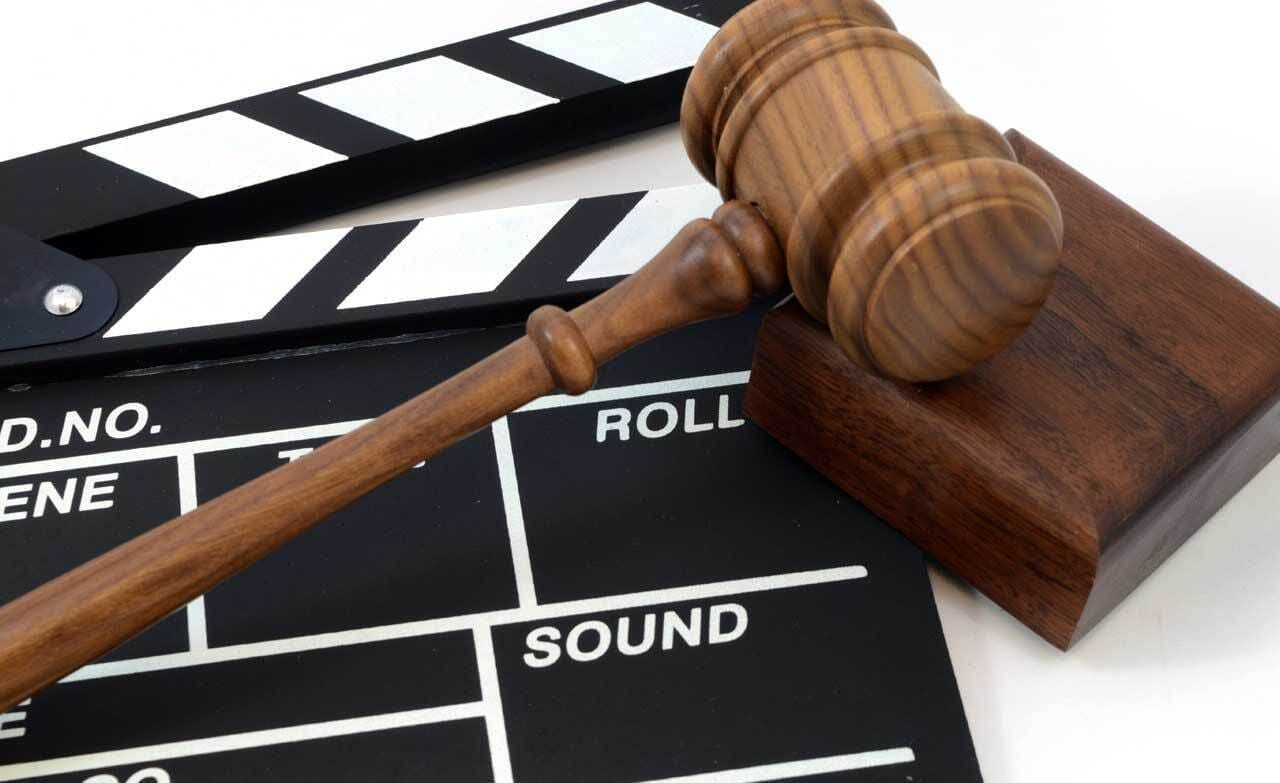INTRODUCTION
Expansion and growth constantly underpin the developmental drive of startups. Nevertheless, the desire to grow must be considered within the context of access to fund or funding opportunities available. The importance of capital cannot be undermined in the lifecycle of a startup whether or not it is exploring the possibility of expansion. Also, investors will more often than not scrutinise the investor readiness of any startup seeking its capital contributions; this begs the question - What must be done for a startup up to better position itself to attract investment opportunities? This article considers some legal, corporate and structural elements needing attention by a startup on its path to raising capital.
UNDERSTANDING INVESTOR READINESS WITHIN THE CONTEXT OF FUND RAISING
While one could argue herein that capital raise is a destination, it is suggested that perhaps fund raising is better appreciated when considered as a journey within a journey or at least a part thereof. Regardless of the position adopted, what remains trite is the fact that it is critical for startups to ensure that their legal, corporate and structural status supports them on their path to raising capital.
Notwithstanding the above, it is important to understand there is no one-size- fits-all approach to look at investor readiness. Investor readiness looks and inspires investor confidence differently at the different stages of a startup’s lifecycle affecting or reflecting (depending on the stage and notwithstanding the idea being prosecuted by the startup) in the type of capital the startup attracts, the type investor, and the cost of the capital. For example, a startup with a well- structured organisational and business plan, a legal and regulatory compliant business, and well documented policies guiding its business operations, particularly as it relates to its interactions with customer, will likely inspire a higher level of confidence in an investor. This is not to say that a startup that does not possess the aforementioned elements will not inspire any sort of investor confidence, however it will not do as well as the startup earlier described; and this will be reflected in the type of investors that choose to invest, their decision and the cost which will typically be higher due to the risk associated with non or low investor readiness.
Again, we must bear in mind that the aforementioned will depend on the stage at which the company is looking to raise and the type of funding opportunity it desires to exploit. Typically, the requirements become stricter as the startup grows and moves to later stages in its lifecycle. However, it does not mean that early staged startups should neglect their preparations for investment as they will likely pay for this by the high cost of capital raise amongst others. We will now comment on some legal, corporate and structural elements necessary to be considered by startups, particularly, earlier staged startups while on their path to capital raise.
SOME LEGAL, CORPORATE AND STRUCTURAL ELEMENTS NECESSARY TO BE CONSIDERED BY STARTUPS
Shepherd, Douglas, and Shanley (2002), posit that investors, especially VCs, look out for three major things before investing in a startup – the technology readiness, market readiness, and management readiness. While investors are often drawn to the innovative, technological and marketable elements of a product – which to a large point are measurable. However, that is not the case for management readiness which anchors itself on the quality of the people and organisational structure and which is also very important to investor readiness of a startup. For example, I. Macmillan posits that investors are drawn to entrepreneur’s personality and experience, the characteristics of the product, and the characteristics of the market in relation to the financial consideration.
Organisational structure goes beyond internal reporting lines in the startup. It encompasses the nature and legal status of the startup. Essentially, while an investor invests in the startup’s idea, vision, and projections, the investment must be housed within a legal entity in which the said investor shall advance either debt or equity capital to. Thus, a startup looking to raise must preferably be incorporated or at least be in the process of formalising its legal status by incorporation as recognised and suitable legal entity.
A further area to consider is corporate governance. While this is a broad subject matter which is continuous in nature, the founders need to ensure that polices that reflect proper corporate governance is put in place. This may look like the appointment of directors which should typically include independent directors, employee and contract staff engagements, proper organising of shareholder meetings, filing of returns, compliance with necessary corporate approvals, ensuring adequate internal and external policies etc.
Again, startups more often than not tend to neglect the importance of intellectual property (IP) and the need to carefully manage it. They are more focused on the exploitation of their IP that they forget to develop and adopt protection strategies thereon. It is never advisable for a startup to be dormant when it comes to the ownership of its IP; rather, they should have a protective posture ensuing that all contracts and engagements with employees and third- parties concede all IP rights to it as the scenario allows.
On the issue of contracts, it is not unusual for startups to enter into contracts, whether at an exploratory or operational level. A part of the due diligence exercise conducted by investors at the point of capital raise will typically include the review of material contracts entered into by the startups. The goal is to see how the terms of the said agreement affects the company’s position and by extension their interest in the company if they choose to invest in it. Thus, a part of investment preparation is to ensure that all contracts with 3rd parties are properly vetted by a legal expert and with the possibility of future investment in mind. For example, a share purchase or subscription agreement between an early staged startup and a “friends and family” round investor wherein 50% of the equity in the company is granted to a single investor in that round does not give enough room for future investors to invest in the company at relatively fair cost. The cost of investment in that company will likely be high and the element of share dilution will likely arise.
Lastly but in no way the least, startups must ensure that their books are clean and their financial practices are in line with international best practices at each stage. This will impact their tax obligations as well as clearly aid in attaining the true valuation of the startup at a capital raise round.
CONCLUSION
Overall, investor readiness is a journey that must be embarked on by any serious startup looking to raise substantial capital towards the advancement of its expansion or sustenance. This requires more than just a great business idea, but a well-structured approach to positioning the startup’s legal, corporate and structural aspects towards building investor trust on their path to capital raise. Startup founders looking to raise capital may seek advice from experts on how to go about this.
REFERENCES
Shepherd, Dean A, Douglas, Evan J, & Shanley, Mark. (2000). New venture survival: Ignorance, external shocks, and risk reduction strategies. Journal of Business Venturing, 15(5), 393-410. https://vincaps.com/4-different-stages-of-fundraising-in-a-start-up-lifecycle/ https://en.wikipedia.org/wiki/Fundraising https://essay.utwente.nl/64605/1/Westerik_MA_MB.pdf






